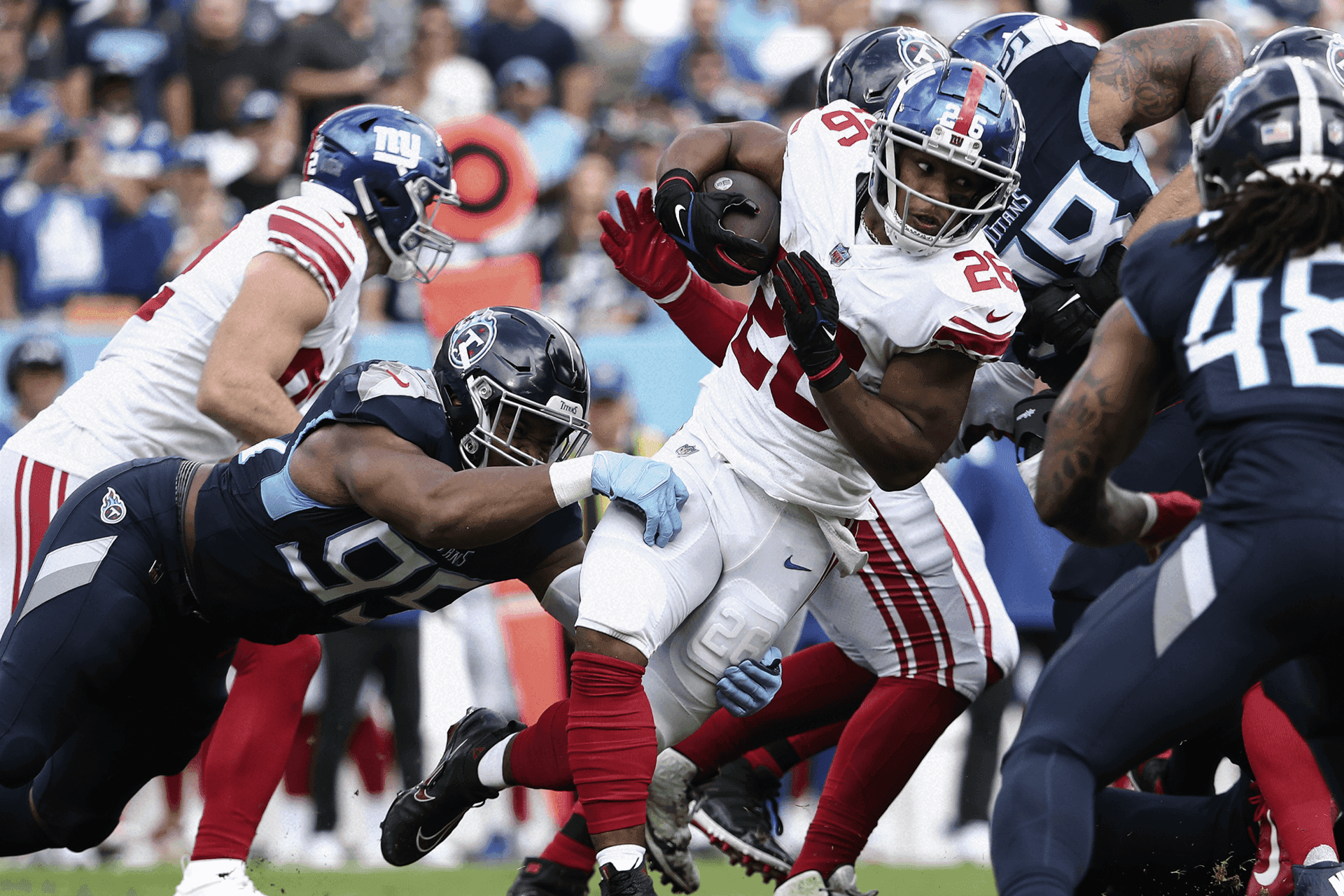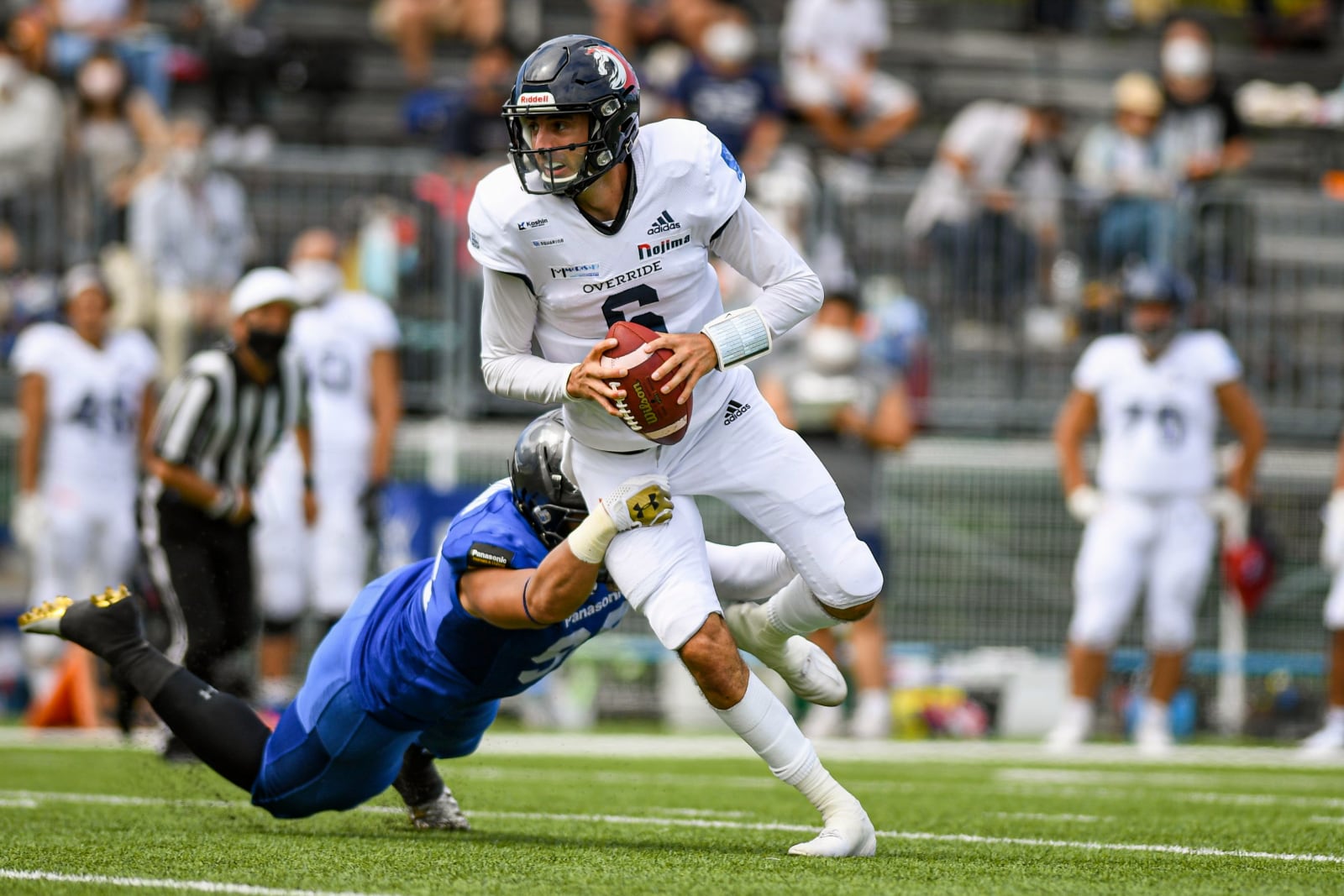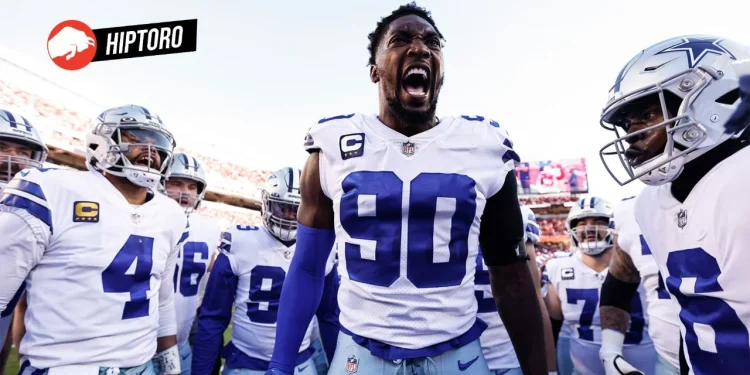American football has long been the pulse of sports enthusiasts across the United States, with the NFL being the crowned jewel in this regard. However, the emergence of the United Football League (UFL) has sparked curiosity and excitement, offering a fresh perspective on the traditional American football landscape. This article delves into the intricacies that set the National Football League (NFL) and the United Football League (UFL) apart, highlighting their unique characteristics and contributions to the sport.

The Drafting Dynamics: Talent Acquisition in NFL vs. UFL
One of the most pivotal aspects that differentiate the NFL from the UFL is its approach to drafting new talent. The NFL Draft, an event that garners nationwide attention every April, is a rite of passage for college football’s elite, marking their transition to the professional stage. With seven rounds of selections, the draft is not only a platform for emerging stars to shine but also a strategic battlefield for team franchises aiming to bolster their rosters.
Contrastingly, the UFL introduced its unique draft methodology in 2024, employing a dispersal draft system to populate the rosters of its eight debut franchises. This process, spanning three phases rather than the traditional rounds, represents the UFL’s innovative approach to integrating new talent, setting the stage for a different kind of competition.
Look No Further than the UFL for Kickers to Make it into the NFL#NFL #UFL @djdawgtagz #Forkohttps://t.co/9LHlTyU0mf
— The Forkball (@TheForkball) March 23, 2024
Financial Playbooks: Comparing Compensation in the NFL and UFL
The financial landscape of the NFL is nothing short of staggering, with the league and its franchises operating within a multi-billion dollar ecosystem. This financial prowess translates into lucrative contracts for both players and coaches, with rookie contracts often reaching the million-dollar mark and top earners bringing home significantly more.
In contrast, the UFL, with its more modest financial framework, offers a different compensation structure. Players in the UFL receive a base pay of $5,500 per week, with the potential for performance incentives, showcasing the league’s commitment to providing opportunities while navigating its burgeoning financial path.

Rulebook Revisions: The Divergence of Gameplay
While the heart of American football beats strong in both leagues, subtle yet significant rule differences distinguish the NFL and UFL experiences. For instance, the UFL’s kickoff placement at the 20-yard line introduces a thrilling potential for kickoff return touchdowns, a rarity under the NFL’s fair catch rule and 35-yard line kickoff.
Moreover, the UFL’s inventive approach to extra-point opportunities post-touchdown – offering one, two, or three points from varying distances – injects an additional layer of strategy and excitement into the game, challenging teams to weigh risk versus reward in real-time.
Conclusion: The Future of American Football
As the NFL continues to reign supreme in the world of professional American football, the UFL emerges as a promising contender, offering a springtime spectacle that complements the traditional football calendar. With distinct draft processes, financial models, and gameplay rules, both leagues contribute uniquely to the sport’s evolution and the broader sporting culture.
The NFL and UFL, together, signal a vibrant future for American football, inviting fans to embrace the game’s enduring legacy while exploring new horizons that the UFL promises to unveil. As this dynamic landscape unfolds, the anticipation and passion for football, in all its forms, remain undiminished, captivating the hearts of fans nationwide.

Source: Sportskeeda









